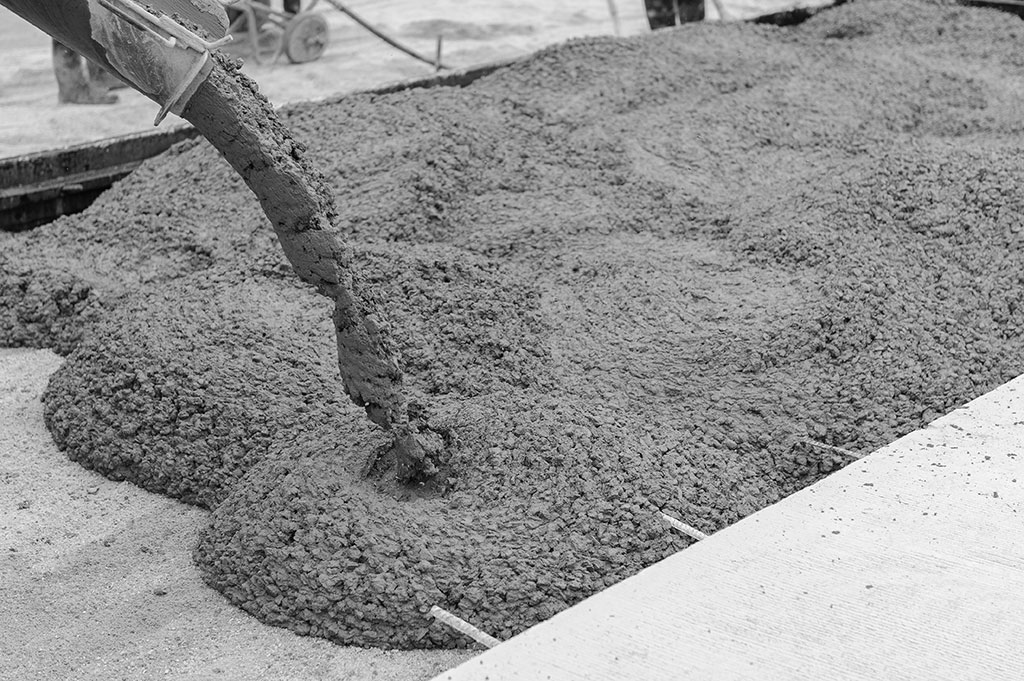What Is a Concrete Slab?
A concrete slab serves to support the weight of buildings, and may either be ground-bearing or suspended.
Ground-bearing slabs
A concrete slab is a flat area of cast concrete reinforced to support buildings. Depending on its design and purpose, it may act as either the floor or foundation for walls and roof structures. There are various kinds of slabs – monolithic and stem wall being two such options – but these all serve different functions in different buildings.
Slabs are typically designed to support evenly distributed loads. This includes their self-weight and any externally applied loads from grills, walls or other structural components; in addition they should resist bending moments.
Steep sites may make construction of slab-on-ground impractical, making suspended slabs the preferred solution. With this type of slab featuring formwork that looks like a tray and concrete being poured directly into it, steel trays provide added strength while also helping prevent it from collapsing under its own weight.
Concrete slabs possess a high thermal mass, meaning that it takes them longer to respond to changes in temperature than other materials would do – an advantage in climates where daily temperature variations vary significantly, but potentially detrimental when rooms require frequent heating.
Suspended slabs
Suspended slabs are used in multi-storey buildings to form floors that do not touch the ground, which can either be prefabricated or constructed on site. Suspended slabs are an ideal option for sites with steeper gradients where traditional ground-bearing slabs would not be practical; additionally they often represent more cost-effective noise insulation between floors than timber framing and provide greater noise isolation than either option would alone.
Concrete slabs Melbourne possess high thermal mass, making them an excellent choice for passive designs in climates with significant diurnal temperature variations. Unfortunately, without adequate insulation it could also waste energy.
On an undisturbed soil or compacted base specified by a building engineer, these slabs are laid with less excavation required than other forms of concrete flooring, helping drainage and prevent further movement over time. They require less time for installation than their counterparts as well.
Concrete slabs possess high thermal mass, meaning that they take time to adapt to changes in ambient temperature, which may present difficulties for climates with drastic daily temperature variations. Passive design principles can address this problem by positioning living rooms to face north in order to allow winter sunrays to warm the slab more efficiently.
Monolithic slabs
Monolithic slab foundations offer many advantages for urban housing development projects. Their primary benefit lies in their lower maintenance requirements compared to other foundation types. Furthermore, they’re quicker and cheaper to build; both attributes make them particularly suitable for affordable housing developments in dense cities.
Monolithic slab foundations are best suited to flat ground than other foundation types. Otherwise, they require considerable fill dirt to raise it to slab level – which could cause cracks in concrete if not properly compacted.
A slab foundation is more resistant to moisture than other foundation types, making it the ideal choice for areas prone to water infiltration issues. Unfortunately, leaks underneath this type of foundation may be difficult to detect; builders should ensure the slab is adequately insulated before choosing finishes that can easily be cleaned to reduce mold growth.
Reinforced slabs
Concrete slabs are often reinforced with steel bars or welded wire mesh to enhance their tensile strength, but engineers can design unreinforced versions such as roads. Reinforcing may be added for structures that will experience heavy forces; it may not be required when placed on well-compacted bases with control joints placed at appropriate intervals.
Concrete construction begins by mixing silica sand, water and cement using a machine known as a concrete mixer. The ratios of each element determine its ultimate outcome – for instance, more water results in lighter and less durable concrete, while increased amounts of cement produce stronger structures. Concrete can either be prefabricated at a factory before transporting to its destination site, or constructed on-site using formwork – prefabricated slabs may also be pre-stressed or post-stressed for greater load bearing capacities based on their dimensions of walls/beams/beams dimensions than their counterparts on-site using formwork.

